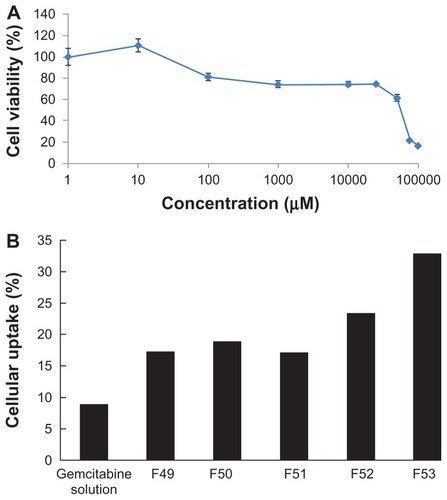Figures & data
Figure 1 Scanning electron micrographs of polymeric gemcitabine microparticulates.
Notes: F10 is polymeric gemcitabine microparticulates without chitosan and F49–F53 is polymeric gemcitabine microparticulates according to the increase in chitosan amount, ie, 10 mg, 25 mg, 50 mg, 100 mg, or 150 mg.
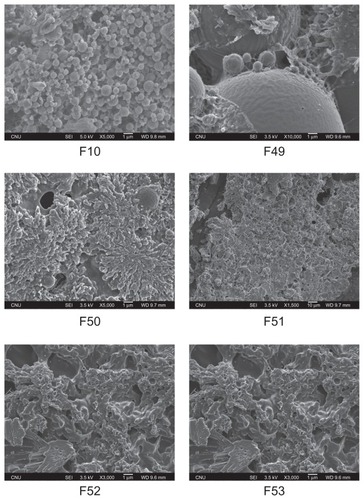
Figure 2 Differential scanning calorimetric thermograms of polymeric gemcitabine microparticulates.
Notes: The differential scanning calorimetric runs were conducted at 20°C–400°C and a rate of 20°C per minute. F10 is polymeric gemcitabine microparticulates without chitosan and F49–F53 is polymeric gemcitabine microparticulates according to the increase in chitosan amount, ie, 10 mg, 25 mg, 50 mg, 100 mg, or 150 mg.
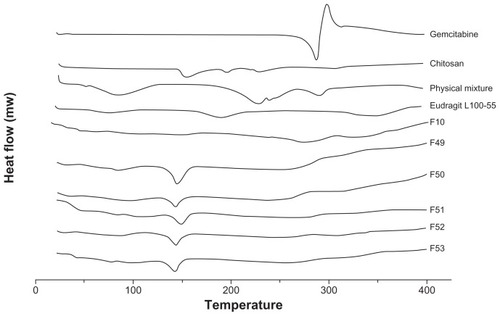
Figure 3 Particle size and zeta potential of polymeric gemcitabine microparticulates according to the amount of chitosan.
Notes: F10 is polymeric gemcitabine microparticulates without chitosan and F49–F53 is gemcitabine polymeric microparticulates according to the increase in chitosan amount, ie, 10 mg, 25 mg, 50 mg, 100 mg, or 150 mg.
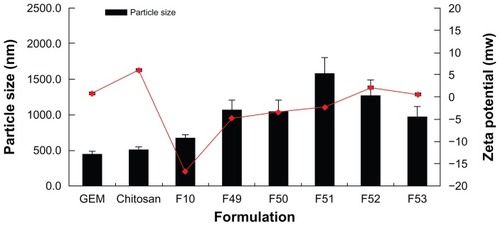
Table 1 Formulation of polymeric gemcitabine microparticulates with chitosan
Figure 4 In vitro release profile of gemcitabine from polymeric gemcitabine microparticulates in simulated intestinal juices.
Notes: F49–F53 is polymeric gemcitabine microparticulates according to the increase of chitosan amount, ie, 10 mg, 25 mg, 50 mg, 100 mg, or 150 mg.
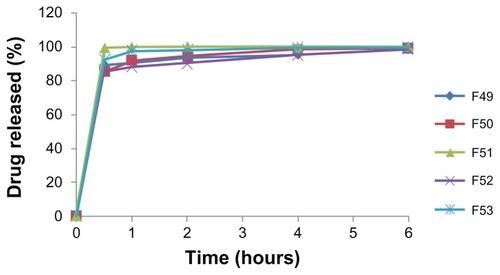
Figure 5 Zeta potential after incubation of polymeric gemcitabine microparticulates with mucin particles.
Notes: F10 is polymeric gemcitabine microparticulates without chitosan and F49–F53 is polymeric gemcitabine microparticulates according to the increase in chitosan amount, ie, 10 mg, 25 mg, 50 mg, 100 mg, or 150 mg.
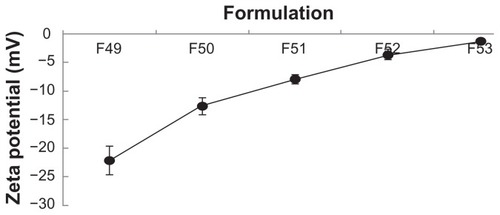
Figure 6 Cytotoxicity of gemcitabine according to the increase of gemcitabine concentration against Caco-2 cells (A) and cellular uptake of polymeric gemcitabine microparticulates into Caco-2 cells (B).
Notes: F10 is polymeric gemcitabine microparticulates without chitosan and F49–F53 is polymeric gemcitabine microparticulates according to the increase of chitosan amount, ie, 10 mg, 25 mg, 50 mg, 100 mg, or 150 mg.
